Bigger Than Rules
To the surprise of many folks, the movie “Babe” was a 1996 Academy Award Best Picture nominee. However, while I’m far from a film aficionado, I found this to be an enchanting and delightful flick with subtle, thought-provoking depth. (Not to mention the music score, which is based on one of the most majestic portions of Camille Saint-Saëns’ Symphony No.3 in C Minor, Opus 78, ‘Organ.’ But I digress.) In this story, a farmer, his wife, and the animals on an Australian sheep farm take in an orphaned piglet named Babe. This well-told tale is about the impact Babe has on everyone, human or animal, with whom he comes in contact. In one early scene, Ferdinand, a mischievous duck, is trying to convince Babe to go into the farmhouse to take something:
Babe: It’s against the rules. Only dogs and cats are allowed inside the house.
Ferdinand: It’s a good rule. But this is bigger than rules.
It may come as a shock to you to know that nature photography has rules. Alert: You may want to get out your defibrillator before reading the next sentence. I have broken most, if not all, of these rules. For example:
RULE: Avoid placing the horizon in the middle of the image.
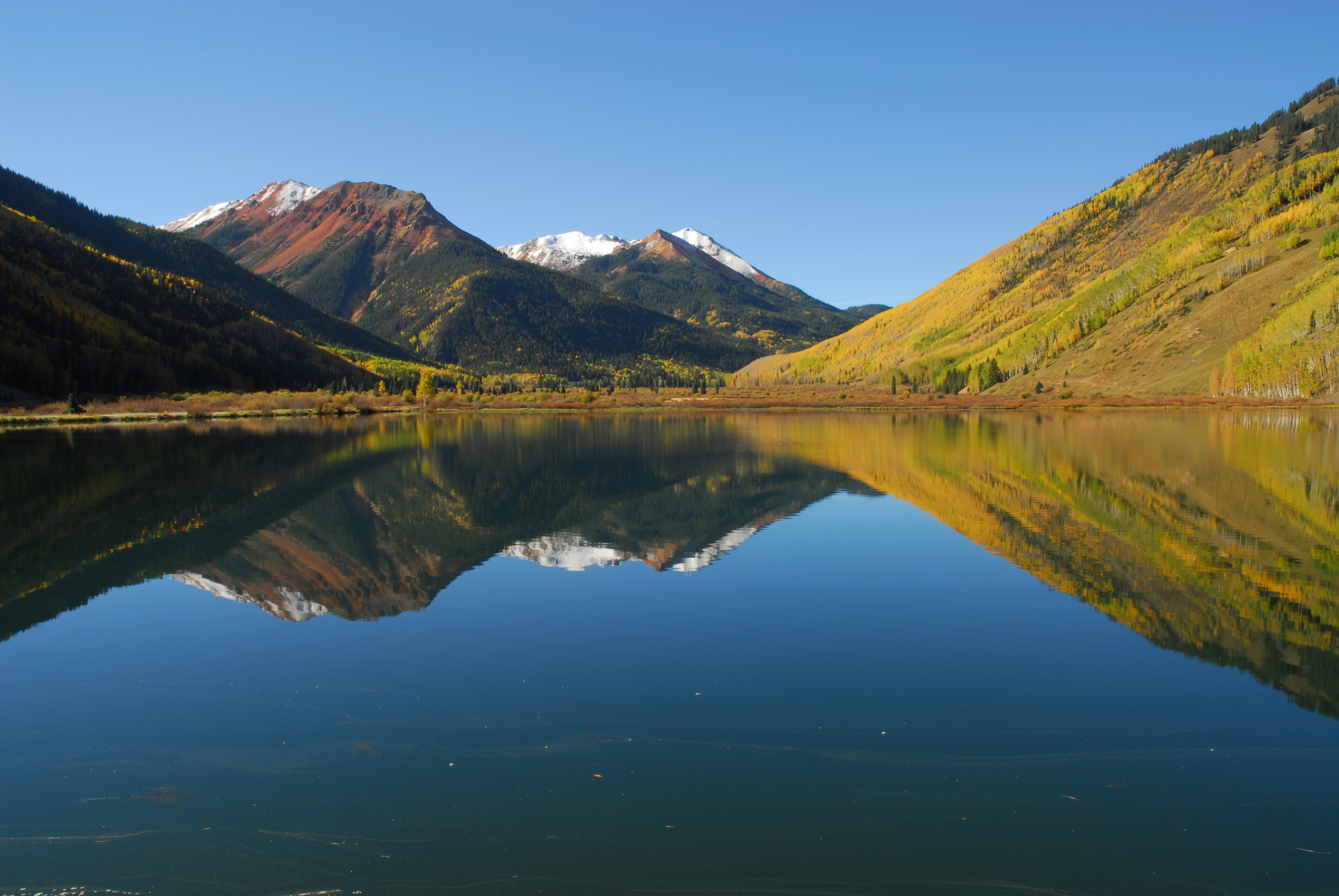
On this frigid morning in late September, I chose to put the horizon as close to the center as I could to emphasize the wonderful symmetry in the reflection I was blessed to see.
RULE: Don’t shoot towards the sun.
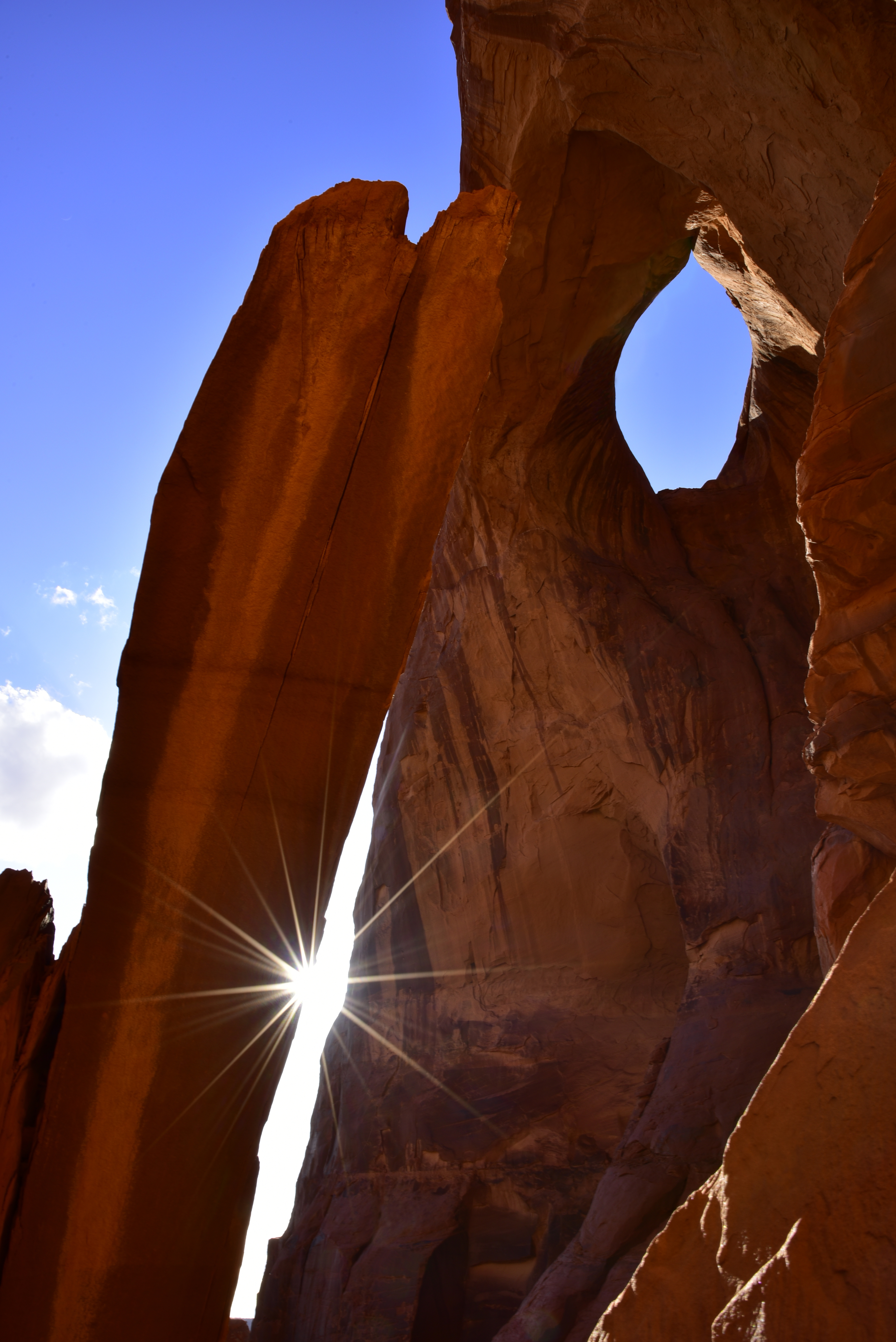
Not looking into the sun, with either your eyes or your camera, is excellent advice, which I highly recommend following. In this situation, though, I blocked all of the sun except for a small sliver of light coming around the sandstone to create the sun star.
RULE: Simplify.
&spspspspsps; 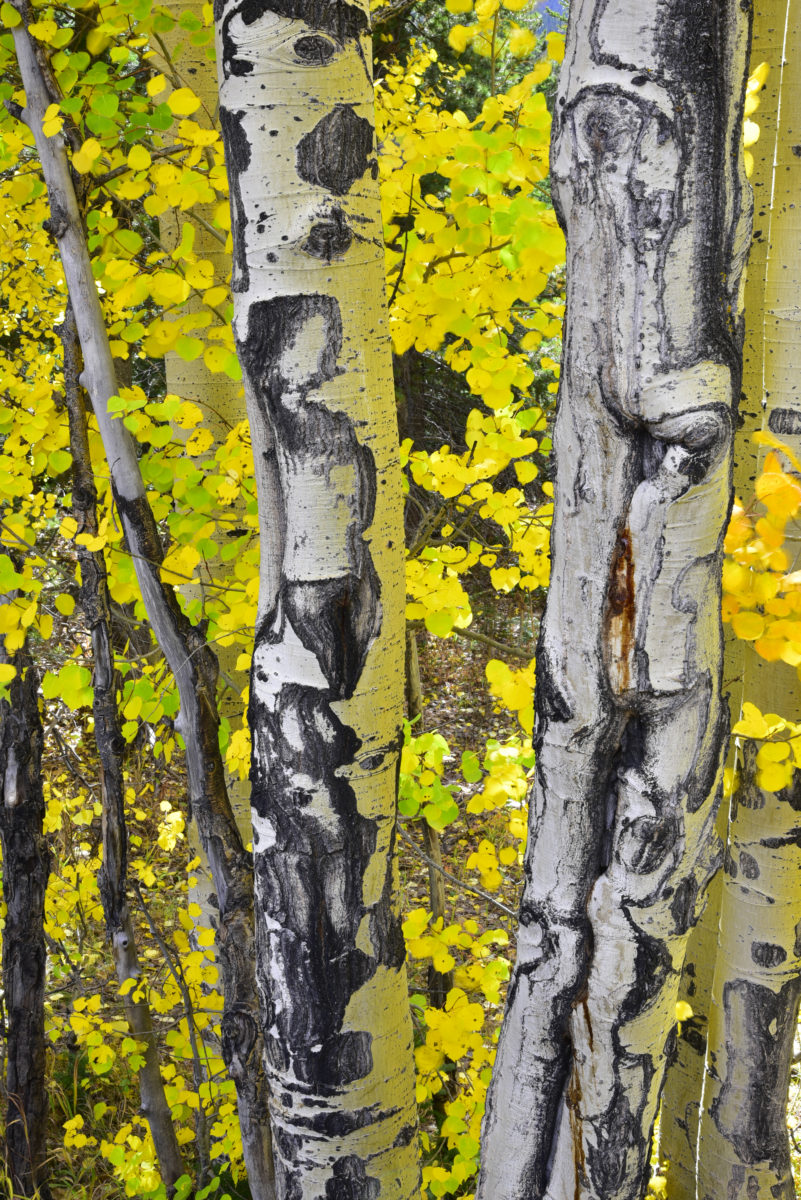 &spspspspspspspsp;
&spspspspspspspsp;
Neither of these photographs are intended to be simple. As with most abstracts, many of the contextual clues that reveal subject, size, or location have been intentionally removed. In the image on the left, I’ve juxtaposed scarred aspen trunks in the foreground with aspen leaves on other trees in the background. The photo on the right reminds me of sunlight bouncing off the rock walls of a slot canyon. But it is actually backlit canna lily leaves.
RULE: The Rule of Thirds – Divide your frame into thirds horizontally and vertically.
Position your focal point(s) at the intersections of those lines.

In this shot of red trillium, I placed the center of the bloom very close to the center of the image – something to be avoided since doing this usually results in a static (that is, uninteresting) composition. I compensated for this photographic “sin” by positioning the colorful red petals and the green sepals at an angle to the horizontal and vertical boundaries of the frame to provide visual interest.
RULE: Shoot only during the “golden” hours
(i.e. two hours after sunrise and two hours before sunset).
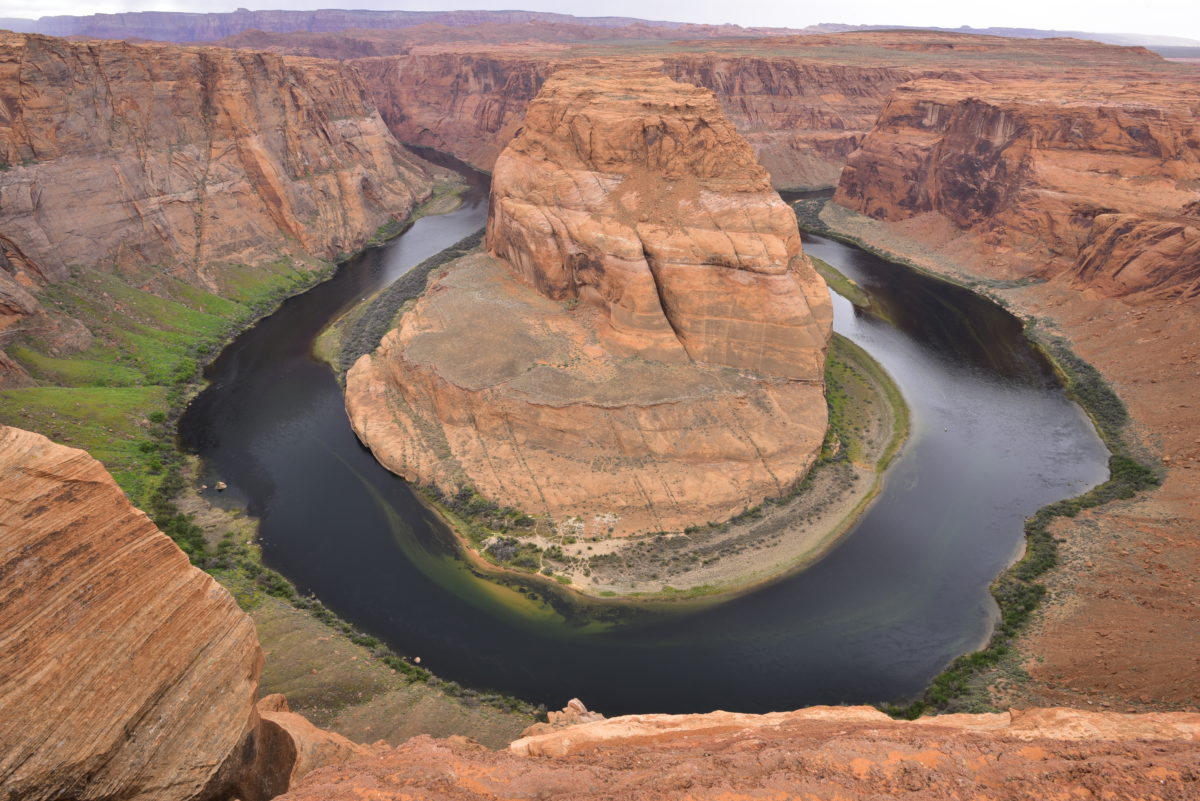
I violate this rule with some frequency. I took this photograph of iconic Horseshoe Bend about 11:00 in the morning.
RULE: Photograph waterfalls and individual flowers in overcast light.
&spspspsps;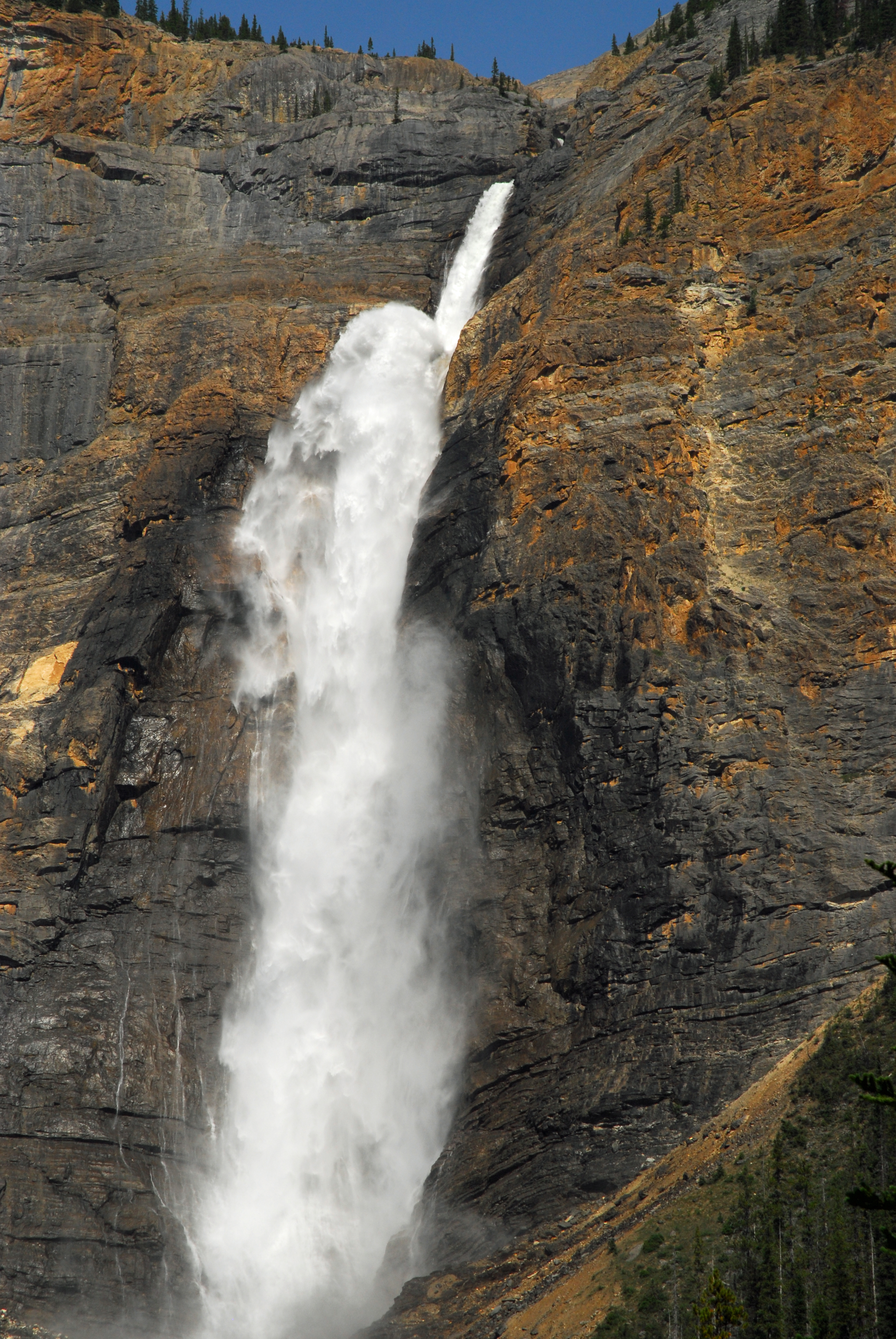 &spspsp;
&spspsp;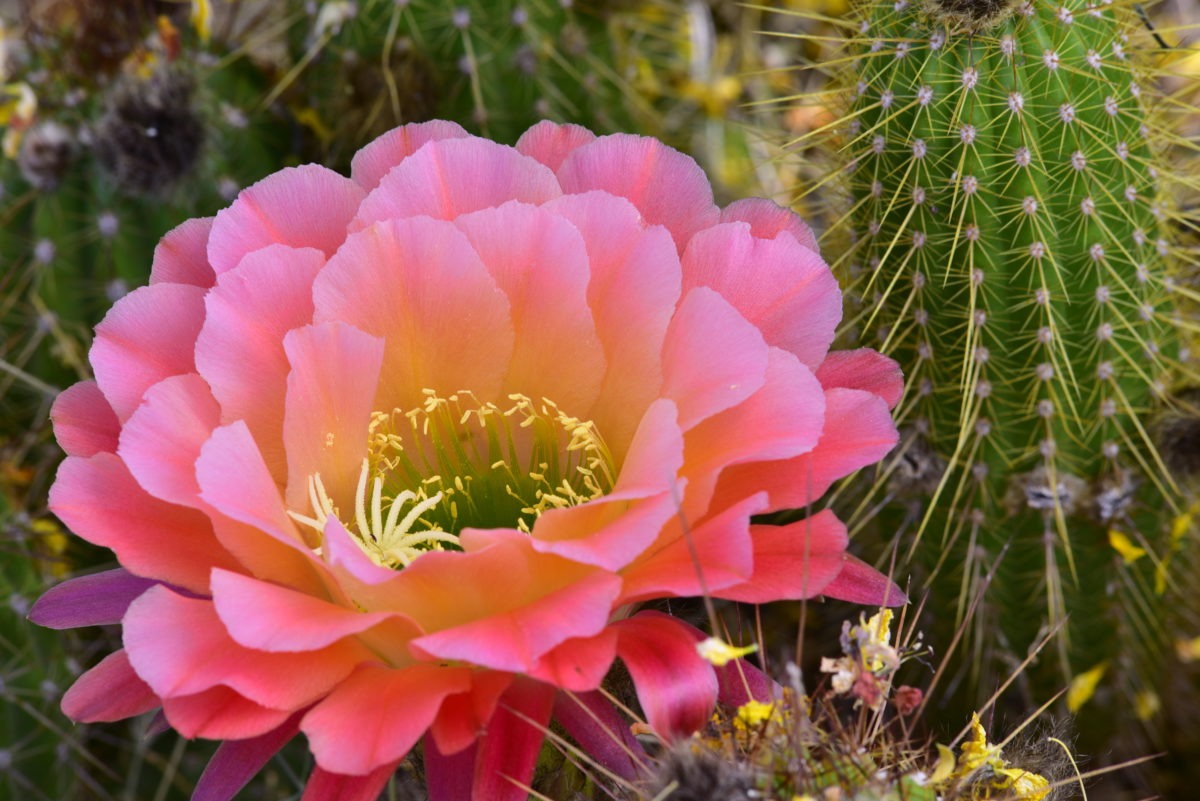
Shooting both of these photos meant traveling over a thousand miles from home on two different trips. Takakkaw Falls (left) in British Columbia has a total height of 1,224 feet, making it the second tallest waterfall in Canada. (In the Cree language, “takakkaw” translates as “wonderful” or “wow.”) Beside the hybrid torch cactus (right) was a sign that read, “These (blooms) don’t last long – usually just a day or two – so if you’re here when it happens, consider yourself very fortunate!” I wasn’t going to pass up either of these opportunities just because I wasn’t at these locations on overcast days.
Jesus did not have kind words to say about some of his contemporaries (the Pharisees) who had created lots of rules (more than 600, in fact) for people to follow. (And that’s in addition to the Ten Commandments.) Jesus said, in effect, God is “bigger than rules.” Doing what God wants is really about maintaining a right relationship with God and doing what is right with respect to other people. Jesus summarized these precepts with these words:
“’Love the Lord your God
with all your passion and prayer and intelligence.’
This is the most important, the first on any list.
But there is a second to set alongside it:
‘Love others as well as you love yourself.’”
– Matthew 22:37-39 (The Message)